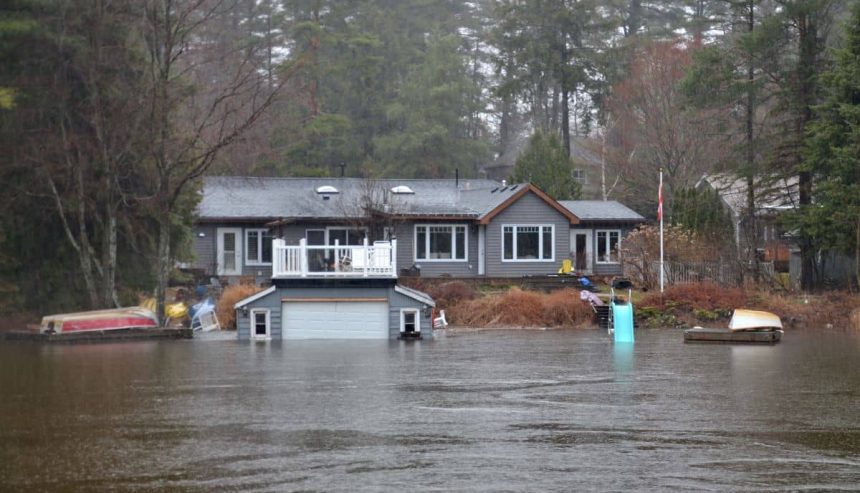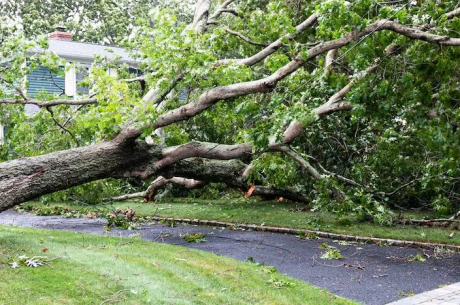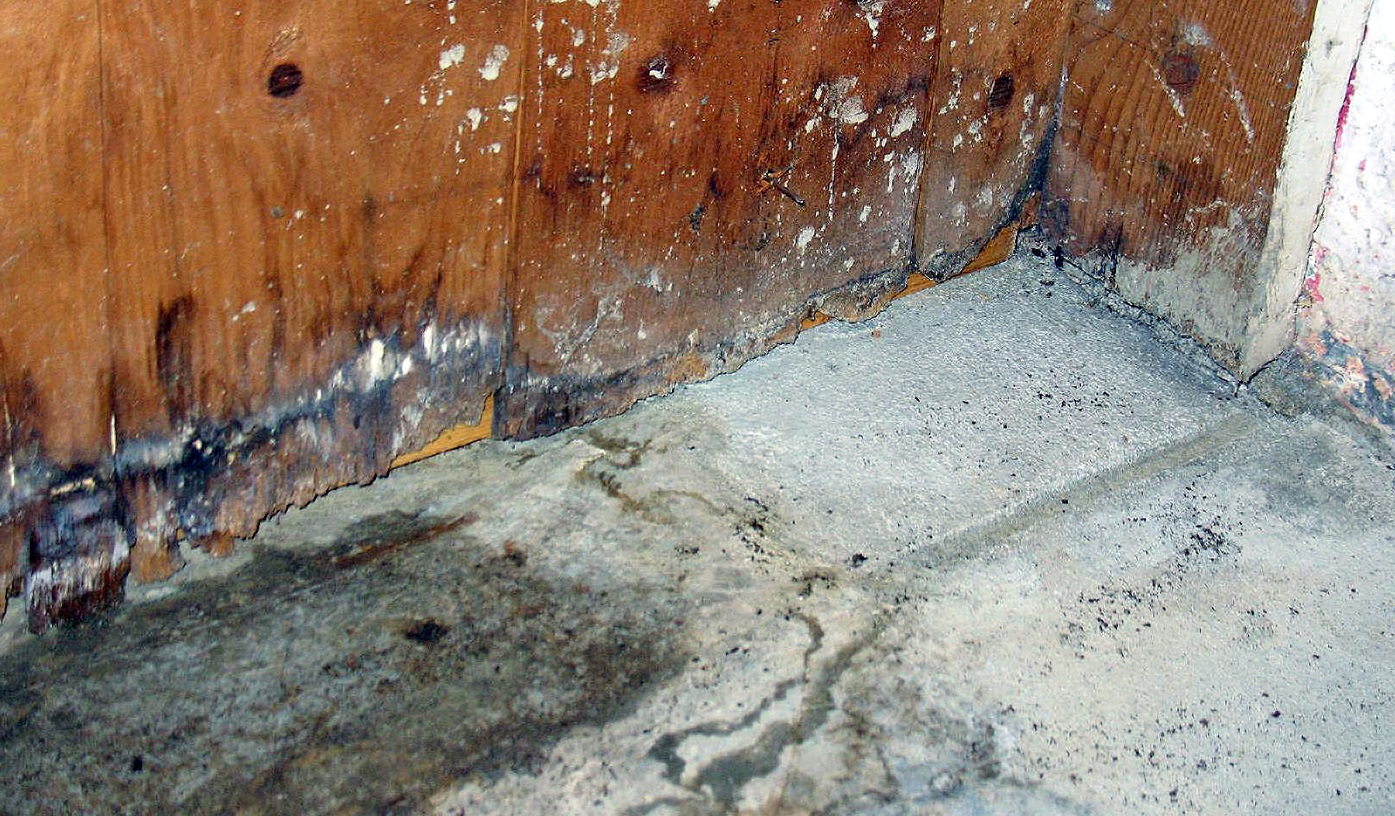What should you do if you are affected by flooding? If you live in Connecticut or New York, you’ve probably noticed it too—the storms are hitting harder. We’ve seen more rain, more street flooding, and more basements turn into swimming pools in just the last few years.
Think back to Hurricane Ida in 2021—when entire roads were underwater and homes filled with water in minutes. That storm made headlines. But if you were here during the summer of 2024, you know it doesn’t take a hurricane anymore. Just one powerful storm and a few clogged drains, and suddenly your home’s at risk.
We’ve met families whose basements flooded while they were at work, whose storage rooms filled with water before they could get the kids home from camp. And the hardest part? Many of them didn’t see it coming.

Why Is Flooding So Common Now?
Flooding in the Northeast used to be something people associated with major storms. Now, it can happen on any summer afternoon. Here’s why:
- Storms are dropping more rain in less time—and our drains and gutters just can’t keep up.
- Older homes and neighborhoods weren’t built for this kind of weather. Many have grading issues or outdated drainage systems.
- The ground is often already saturated. By the time the rain starts, the water has nowhere to go.

What To Do After Flooding Hits
We get it—when you walk into your home and feel that squish under your feet or see water creeping across the floor, your brain goes into overdrive. Here’s what we tell families in that moment:
1. Be safe.
If water is rising, turn off the electricity if it’s safe. Don’t step into standing water if you can’t see the floor. Safety comes first—always.
2. Take photos.
Even before you start cleaning up, grab your phone. Take pictures of the water lines, damaged items, and anything the water touched. This will help you later with insurance and documentation.
3. Call your insurance company.
Start the conversation early. They’ll walk you through the next steps, but having photos and a timeline helps move things along faster.
4. Protect what you can.
If it’s safe, move dry items out of the affected area. Wet rugs, furniture, and electronics should be set aside (after documenting) to stop more damage.
5. Get professionals in quickly.
The faster you call restoration professionals to remove the water and start drying, the less long-term damage you’ll face. That includes mold, which can start growing in as little as 24–48 hours.
6. Keep receipts.
Whether you’re buying fans, cleaning supplies, or staying in a hotel—save every receipt. They could be reimbursed through your claim.
Prevention Starts Now
The truth is, most people don’t think about flood prevention until they’re standing in it. But a few smart moves now can make all the difference:
- Clean your gutters and check your downspouts—make sure water flows away from your foundation.
- Test your sump pump. If you don’t have a battery backup, consider adding one.
- Walk around your home during the next rain. See where water pools and talk to a professional about how to regrade if needed.
Final Thought
At PuroClean of Greenwich | Stamford, we’ve been on-site with families when they’re pulling soaked baby books from boxes. We’ve helped business owners who walked into their storefronts to find inches of water overnight.
Flooding is more than just damage—it’s emotional. It’s stressful. But with the right help, you can move from crisis to recovery—quickly and safely.
We’re here 24/7, because storms don’t wait. And neither do we.
📞 Call us anytime at (203) 399-0001. Our experts are ready to help in an storm or water emergency. To learn more check out our website for prevention tips, what to do in the event something happens, or to read what our clients have to say at 🌐 www.puroclean.com/ps-ct



